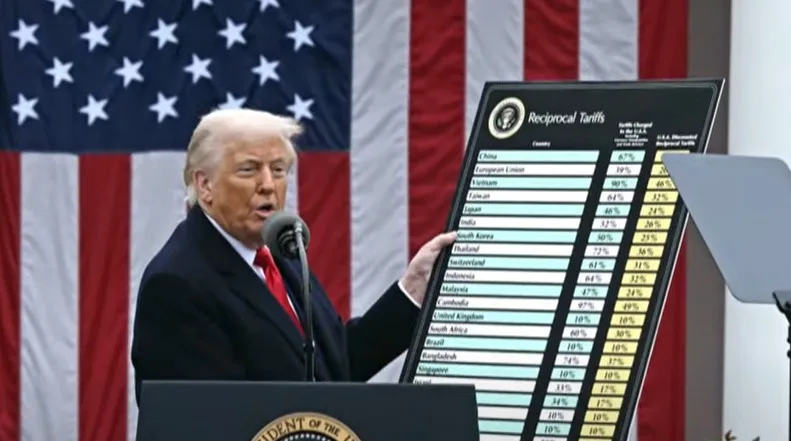Impressive Earnings and Cost-Cutting Strategies Propel Disney Forward
The Walt Disney Company (DIS) experienced a notable uptick in its stock value, with a 7% increase following a robust earnings report. This optimism is rooted in Disney’s revised fiscal strategy, which now targets $7.5 billion in annual cost reductions, a significant jump from the $5.5 billion established earlier in the year.
Analysts Applaud Disney’s Financial Direction
Financial analysts have taken a bullish stance on Disney’s financial health and strategy. Steve Cahall of Wells Fargo highlighted Disney’s revitalized operational dynamism, notwithstanding the stock’s slump to multi-year lows and ongoing contention with activist investor Nelson Peltz. Cahall’s confidence is expressed through an upgraded price target for Disney stock, now set at $115, reflecting the positive impacts of the company’s stringent cost management and an optimistic free cash flow forecast. His assertion of Disney as the top media pick underscores the strategic progress under CEO Bob Iger’s stewardship.
Disney’s Financial Roadmap and the Strategy Ahead
Disney’s leadership has articulated a clear financial roadmap, anticipating a substantial increase in free cash flow to $8 billion by the end of the 2024 fiscal year. This projection is supported by a more judicious approach to content expenditure. A reduction in content spend is expected, with $25 billion allocated for the upcoming year, down from the $27 billion in 2023.
Analysts like Michael Nathanson of Moffettnathanson stress the importance of this free cash flow projection, noting the potential for reaccelerating Disney’s cash generation to previous highs. This perspective is shared by others in the industry, recognizing the significance of Disney’s shift in financial strategy as it begins to unveil the potential for future growth.
Strategic Focus Areas for Disney’s Expansion
Disney’s forward-looking strategy is centered around four principal areas of growth. These include driving profitability in streaming services, elevating ESPN as a leading digital sports platform, optimizing the film studio’s output and profitability, and accelerating the growth of the parks and experiences segment. The emphasis on strategic prioritization is key to Disney’s roadmap, including a recalibration of content production to emphasize quality over quantity.
Navigating Industry Challenges and Looking Ahead
Despite previous dominance, Disney’s box office performance has seen a decline, spurring discourse on the need for strategic realignment. Analysts like Doug Creutz of TD Cowen suggest that improving box office performance will require challenging decisions, a refreshed product pipeline, and potentially new management perspectives. The tentative resolution of the actors’ strike is a positive development that is anticipated to benefit Disney’s film production.
In the streaming arena, the recent subscriber growth for Disney+ is notable, although there are concerns about the sustainability of this growth following a second price increase. Still, Disney remains steadfast in its prediction of streaming profitability by late 2024, albeit with the caveat of potential fluctuations along the way.
Optimism Mixed with Caution from Industry Experts
Analysts like Jessica Reif Ehrlich of Bank of America maintain a positive outlook on Disney, buoyed by the strong performance of the parks business and the recent cost-cutting measures. While acknowledging the challenges ahead, there’s a general consensus on the potential for Disney to successfully navigate through this transitional phase under Iger’s leadership, with a particular focus on the promising trajectory of free cash flow in the years to come.
In summary, Disney appears to be on a path of rejuvenation, characterized by strategic cost management and a keen focus on core growth opportunities. The company’s recent financial adjustments, combined with a forward-thinking strategy, have instilled a renewed sense of confidence among investors and industry observers alike.






